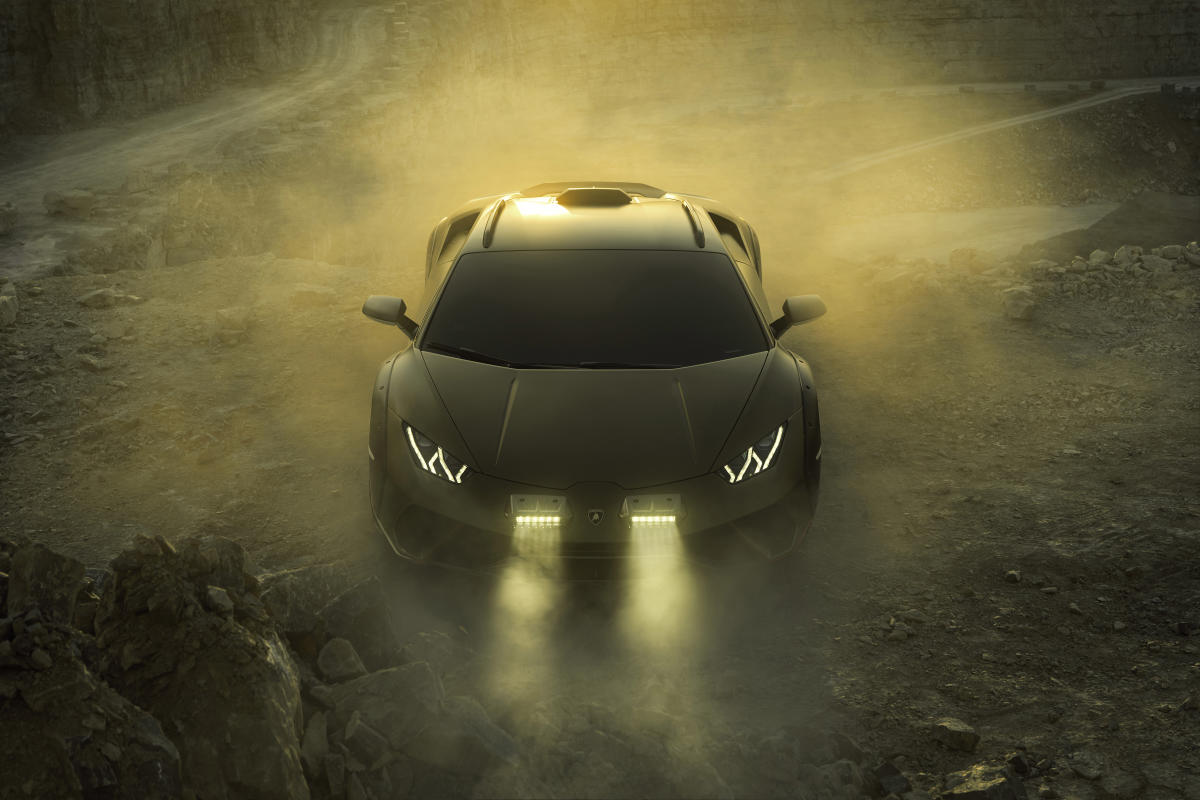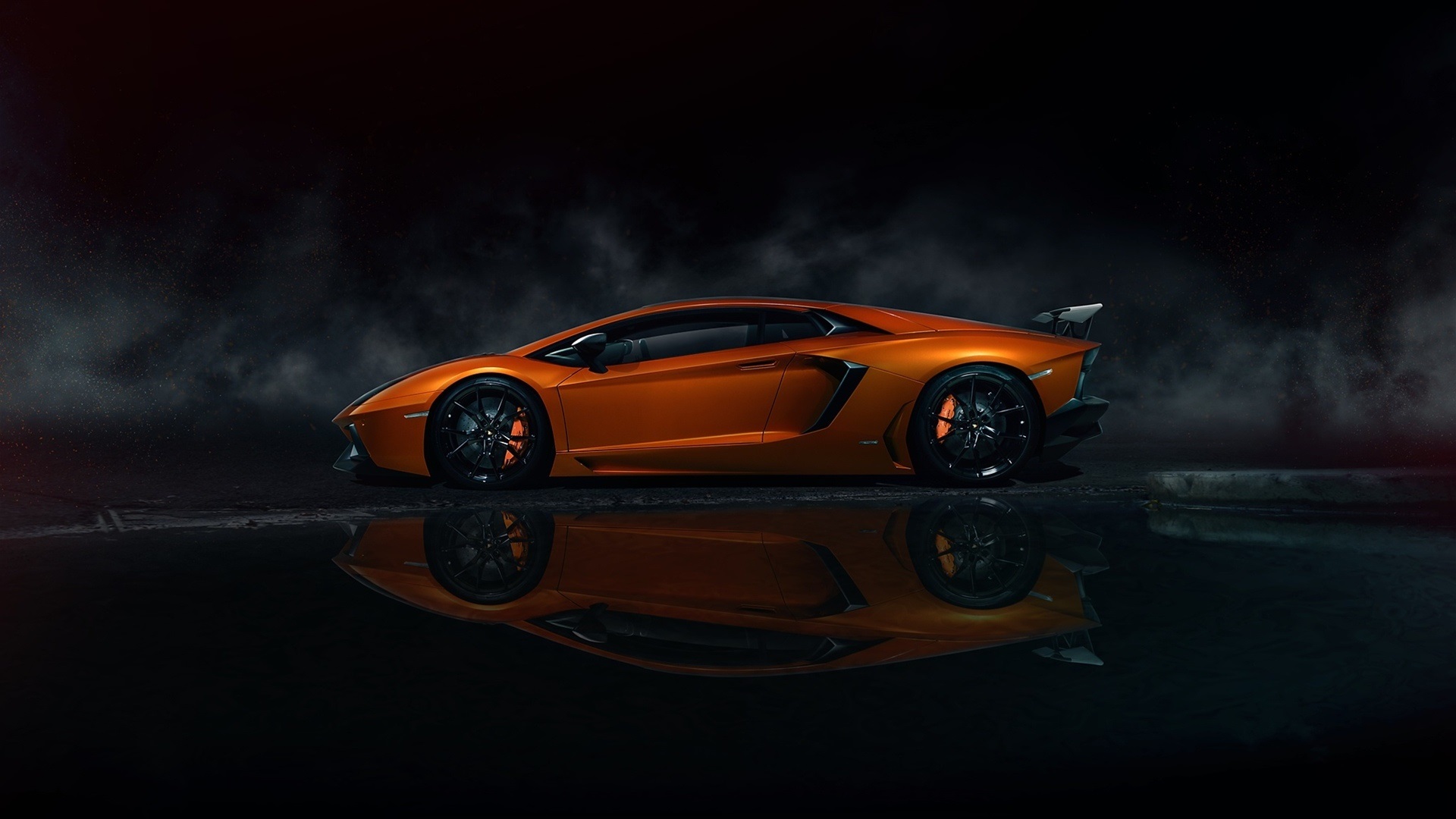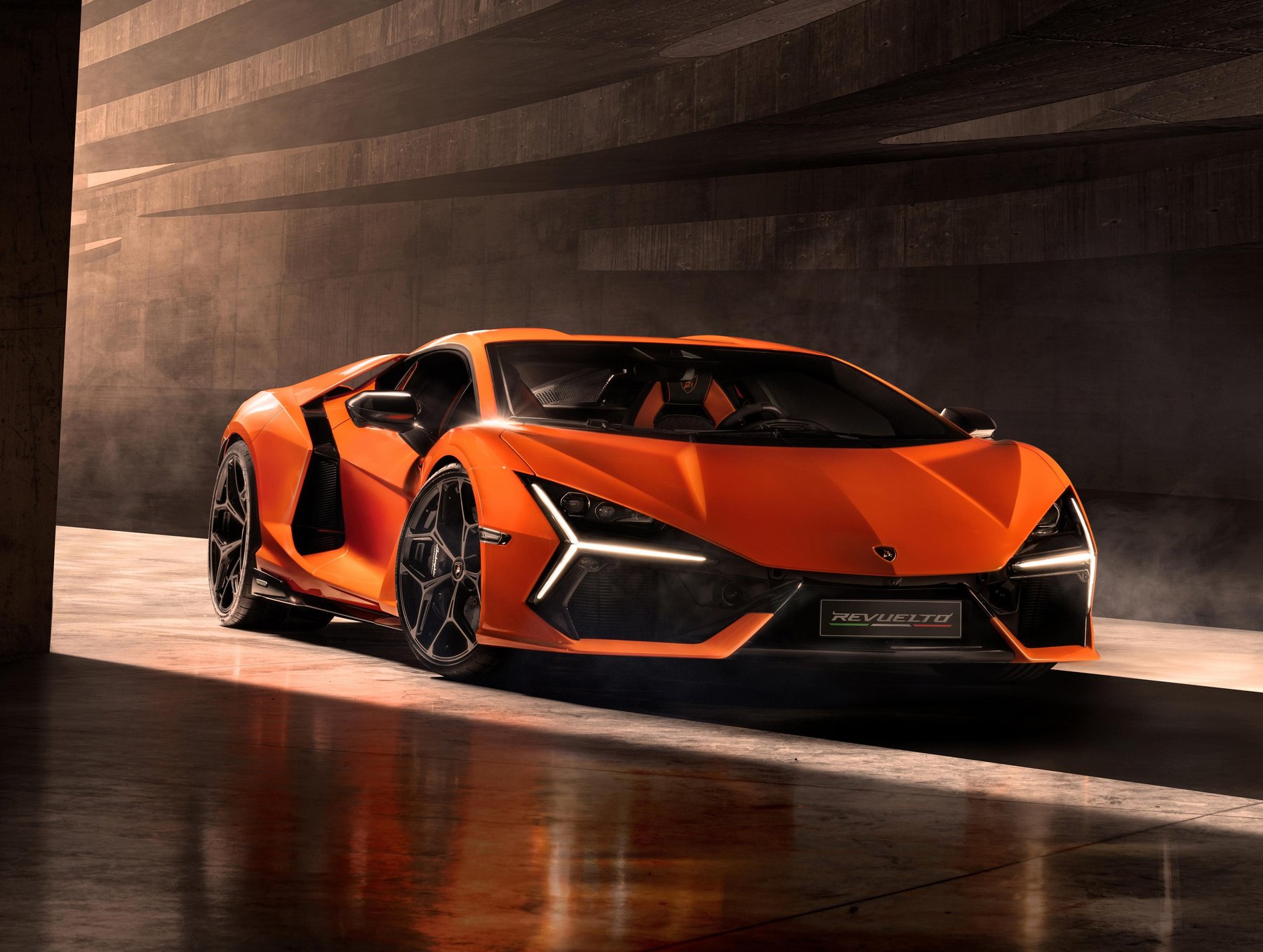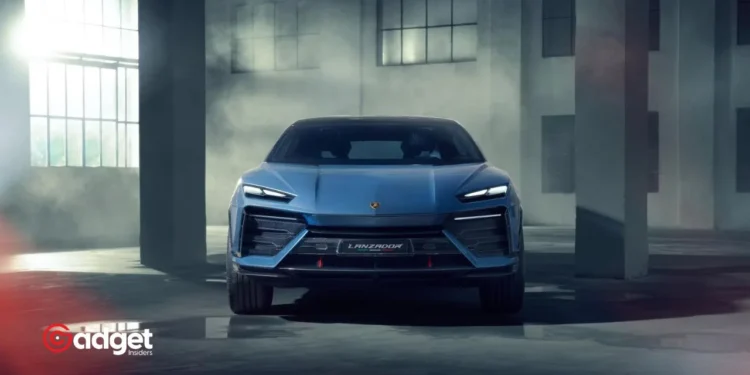As the automotive industry hurtles toward an electric future, Lamborghini’s CEO, Stephan Winkelmann, casts a shadow of doubt over the viability of fully electric supercars in today’s market.
Despite the industry’s energetic push towards electrification, Winkelmann’s insights reveal a nuanced picture of consumer acceptance and market readiness. Here’s an in-depth look at the challenges and strategies of Lamborghini as it navigates this transformative era.

Lamborghini’s Electrification Dilemma
In a revealing interview, Winkelmann shared his skepticism about the current market performance of fully electric sports supercars. “It is not something that is selling so far,” he remarked, highlighting the premature nature of the market’s shift to electric models. This sentiment is echoed across the luxury car industry as manufacturers grapple with the twin challenges of maintaining brand identity and meeting stringent emission standards.
Winkelmann’s comments underscore a significant cultural and technical hurdle: the sentimental elements that define the Lamborghini experience, such as the iconic roar of the Huracan’s V10 engine, are absent in electric variants.
“Performance won’t be a problem with an EV,” he assures, yet the emotional resonance of traditional engines remains unmatched. This gap represents a critical challenge for brands like Lamborghini, which are built as much on performance as on the sensory experience of driving.
Exploring Alternatives: E-Fuels and Hybrid Models
With regulations tightening and the electric vehicle (EV) market still in its infancy, Lamborghini is exploring alternative pathways to sustainability. The brand, under the umbrella of Volkswagen AG, is open to adopting e-fuels—a synthetic option that could potentially allow high-performance vehicles to reduce emissions without sacrificing the engine’s essential character.
2022 marked a pivotal year for the luxury automaker, transitioning towards electrified models only in 2023. Yet, the shift is cautious and calculated, with Winkelmann noting the potential of e-fuels to play a more prominent role if regulatory landscapes evolve favorably. This strategic flexibility could position the company to adapt swiftly to future market demands while adhering to its core brand values.

Industry-Wide Electrification Efforts and Challenges
The broader luxury car sector mirrors Lamborghini’s cautious approach. Mercedes-Benz Group AG, for instance, has extended the timeline for phasing out gasoline vehicles, halting development on dedicated electric platforms for its premium sedans to conserve resources. Meanwhile, Ferrari is ramping up its electrification efforts, with plans to establish a new factory for hybrid and electric supercars in Maranello, Italy.
The shift toward electric vehicles isn’t without its pitfalls. Tesla, a leader in the EV market, recently experienced a significant sales slump, with an 8.5% drop in deliveries in early 2023 compared to the previous year. Factors such as operational disruptions and aggressive pricing strategies to boost demand have highlighted the volatile nature of the EV market.

Looking Ahead: Lamborghini’s Sustainable Vision
Despite the current market uncertainties, Lamborghini is not standing still. Winkelmann detailed the brand’s commitment to reducing its carbon footprint, aiming for a 40% reduction in CO2 emissions by 2030. This ambitious goal will be supported by innovations in production and supply chain management, alongside collaborations within the Volkswagen group to develop synthetic fuels.
As the industry continues to evolve, Lamborghini’s strategy of balancing tradition with innovation will be crucial. While fully electric supercars may not dominate the market today, Lamborghini’s openness to new technologies and its enduring commitment to excellence ensure that it remains at the forefront of the automotive world, ready to accelerate into the future when the time is right.










